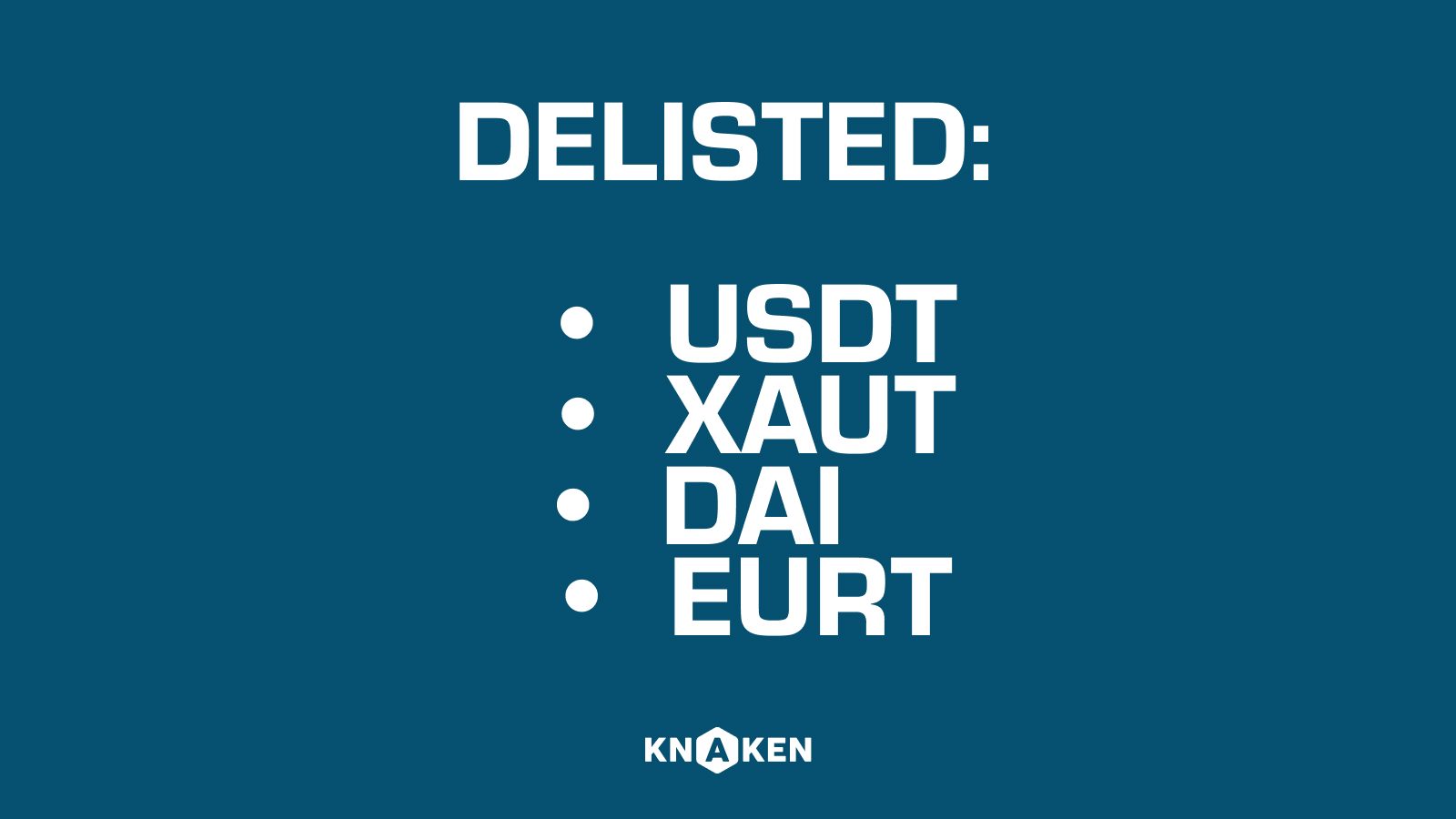Liquidity Mining
Introduction to Liquidity Mining
Liquidity mining is a practice in decentralized finance (DeFi) where users provide liquidity to decentralized exchanges (DEXs) or other decentralized financial platforms in exchange for rewards, typically in the form of tokens. This practice enables users to earn passive income on their cryptocurrency holdings while contributing to the overall liquidity and functionality of DeFi markets.
How Liquidity Mining Works
The mechanics of liquidity mining can be broken down into several key components:
- Provision of Liquidity: Users deposit their cryptocurrencies into a liquidity pool. These pools are smart contracts that hold the assets and enable trading on the platform.
- Liquidity Tokens: In return for providing liquidity, users receive liquidity tokens that represent their share of the pool. This allows them to reclaim their initial assets plus any fees or rewards accrued.
- Rewards Distribution: Liquidity providers are rewarded with newly minted tokens from the platform as an incentive for their contributions. These rewards can vary significantly depending on the platform’s protocol.
- Market Makers: By supplying liquidity, users function as market makers, facilitating the buying and selling of assets within the DEX. This helps to reduce slippage and improves trading efficiency.
Benefits of Liquidity Mining
Liquidity mining offers several advantages for both users and platforms:
- Earning Passive Income: Participants can earn significant yields on their investments by receiving tokens as rewards, often well above traditional financial returns.
- Boosting Market Liquidity: Increased liquidity helps to create a more stable trading environment, reducing price volatility and encouraging more users to engage with the platform.
- Decentralization and User Empowerment: Liquidity mining encourages community involvement in crypto projects, allowing users to take an active role in shaping the platforms they support.
- Access to Governance Tokens: Many liquidity mining programs reward participants with governance tokens, granting them voting rights and influence over the direction of the protocol.
Risks Associated with Liquidity Mining
Despite its advantages, liquidity mining also carries certain risks that participants should be aware of:
- Impermanent Loss: This occurs when the price of tokens in the liquidity pool changes compared to when they were deposited, leading to potential losses compared to simply holding the assets.
- Smart Contract Risks: Liquidity mining relies on smart contracts, which may contain vulnerabilities. If any flaws are exploited, participants could lose their funds.
- Market Volatility: Significant price fluctuations can affect the value of both the liquidity tokens and the native tokens received as rewards, potentially leading to financial losses.
- Regulatory Risks: As the DeFi space evolves, it faces increasing scrutiny from regulators, which could impact the viability of liquidity mining practices.
Popular Liquidity Mining Platforms
Several platforms have gained popularity in the liquidity mining space. These include:
- Uniswap: One of the first DEXs to implement liquidity mining, allowing users to earn rewards while providing liquidity to various trading pairs.
- Compound: A lending and borrowing platform that offers users the ability to earn interest on their cryptocurrency holdings by providing liquidity.
- Aave: Similar to Compound, Aave offers users the ability to earn rewards for depositing assets into liquidity pools for lending and borrowing.
- PancakeSwap: A DEX built on the Binance Smart Chain, known for offering high yields through liquidity mining incentives.
Conclusion
Liquidity mining represents a significant advancement within the DeFi ecosystem, allowing users to earn rewards while facilitating trades on decentralized platforms. While it offers remarkable benefits such as passive income and enhanced liquidity, participants must remain cognizant of the associated risks. As DeFi continues to evolve, liquidity mining will likely play a crucial role in shaping the future of decentralized finance. Understanding the nuances of this practice will enable users to participate more effectively and make informed investment decisions in a rapidly changing landscape.


















